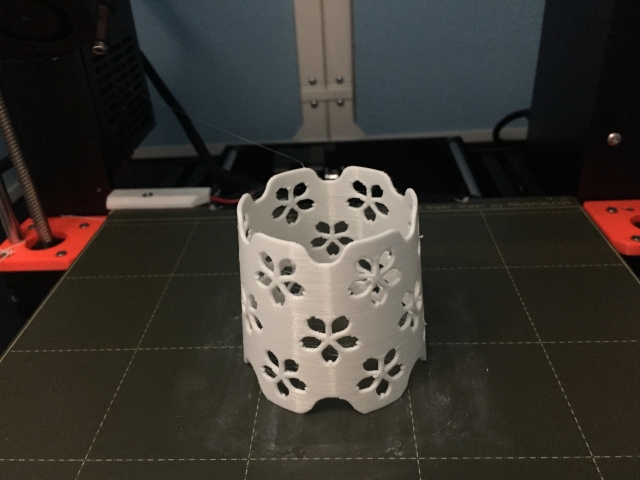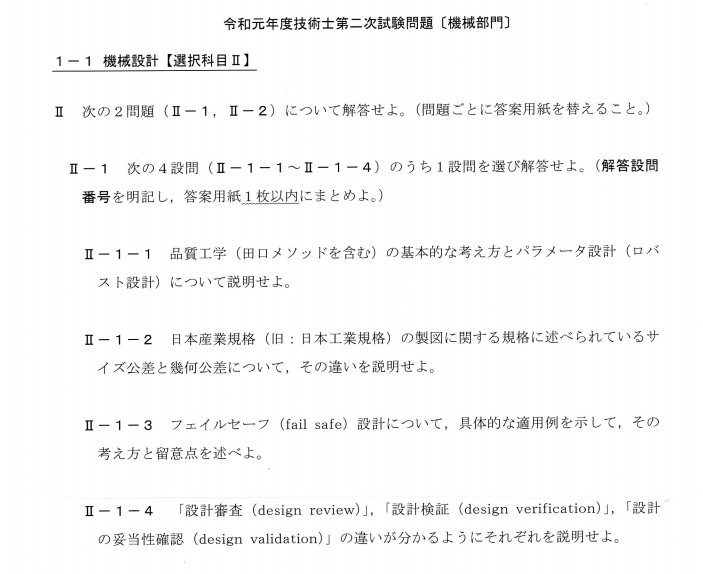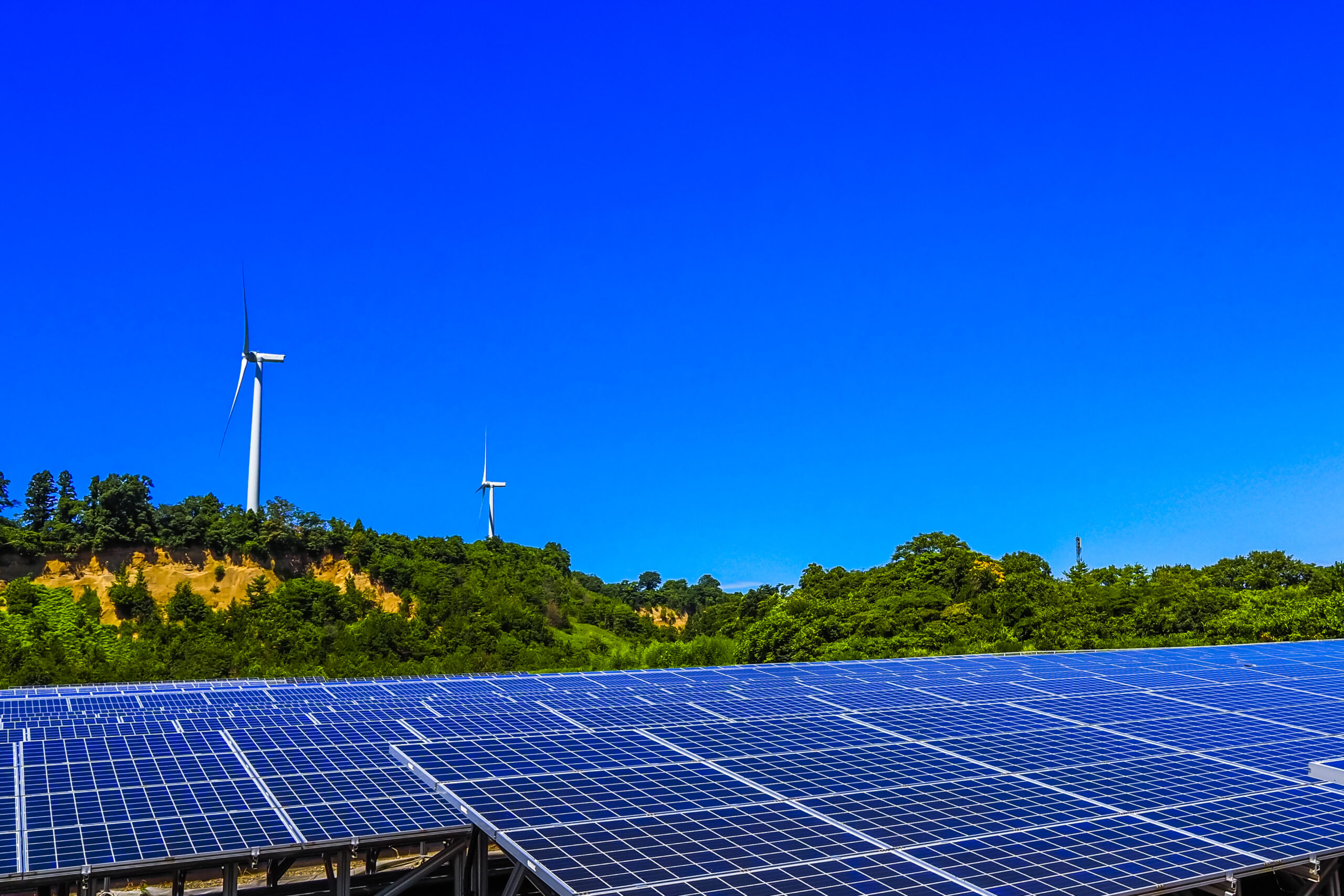翻訳
a printed circuit board is the backbone
of all the modern day electronic devices
let's explore what a pcb is and how
these tiny circuits are manufactured
let's go
early electronic components were
manufactured and connected to each other
manually
using wires in a point-to-point
construction
this manual construction led to errors
and difficulty in scaling up the
production
moreover because these circuits were
extremely complex
repairing one that had been damaged was
an unreliable tedious task
in 1936 paul eisler a genius engineer
who worked for a newspaper company
recognized the hurdles
invented the concept of printing
conducting copper circuits
on a non-conductive board as shown here
then connecting components over the
traces this is the very first pcb
manufactured
however a modern day pcb looks like this
much more sophisticated tiny and complex
a modern day pcb manufacturing starts
from a simple
copper flat sheet let's see how this
sheet evolves into a sophisticated
electronic device in a detailed logical
manner
to start off this layer of copper foil
is laminated on a flat sheet of
insulating glass fiber material
the glass fiber gives mechanical support
to the pcb
this glass fiber will remain with the
pcb till the end of the manufacturing
process
this arrangement along with a protective
aluminum sheet
is first sent to drilling
here some holes called registration
holes are drilled
these holes serve as reference points
for further alignment processes
meanwhile an engineer properly designs
the circuit using computer-aided
simulations
here is some pcb design software which
generates design
files called gerber files
gerber files contain detailed 3d models
of the pcb
using these design files the drilling
machine drills different holes
these holes are used to attach the
components into the board later on
after drilling the boards are cleaned
properly so that no drilling residue is
left behind
now the most important step production
of these tiny and complex copper traces
the best way to achieve this is by a
chemical process called
etching where you have to cover the
copper plate with a resistive
mask this resistive mask will have the
same pattern of the circuit you want
now if you dip this arrangement into an
alkaline solution at 60 to 120
degrees celsius the area of copper
uncovered by the resistive mask
dissolves or is etched away after this
process is complete
the protective mask is washed off as
well thus we are left with only required
traces of copper
the circuit prince on the resistive mask
used in this process
is obviously made with the help of a
gerber file a uv light
based technique is used for sticking the
mask to the copper plate
where it is needed to achieve bulk
manufacturing multiple masks are made in
a single sheet
as you can see the copper traces are
very thin
hardly visible to the naked eye to check
the quality of the copper traces
the boards go for an inspection an
operator with an optical inspection
machine
checks the quality of printed boards by
taking pictures of them
and comparing them with the design files
the machine checks for broken or
short-circuited traces
and the pcbs with damaged
short-circuited traces are rejected
if everything is good then boards are
moved to the next step
have you ever wondered why a pcb is
always green
this is to protect the board from
oxidation and exposure to dust
a layer of solder mask resin protective
coating is applied over the board
this layer gives the board its green hue
which has simply been universally
adopted
the copper traces go hidden beneath the
green layer after this operation
this new green resin added is insulating
in nature
you can see clearly that the resin will
block the connection between copper
trace on the edges of the holes and
components
to avoid this issue we have to remove
the solder mask from the edges
the solder mask we added will adhere to
the copper plate
only if it undergoes a uv process so the
trick is simple
just cover the edge area of the holes
with a chemically resistant mask
and go for the uv process after this
when you do the chemical dipping
the green mask of the edge areas will be
removed
as a final step a silk screen is printed
which is nothing but a layer of visible
ink trace
used to identify the pcb components
markings
logos symbols and so on we are done
we have manufactured a pcb starting from
a simple copper plate
your pcb is ready to dispatch
the industries the components are then
placed and soldered
using liquid tin
this process affixes the components to
the copper pads on board
next final flying probe testing is done
to check the connectivity between
all the components traces and pads
the current pcb technology we explored
was tht type
even though this technology is good for
educational purposes
tht is almost obsolete the latest pcb
technology
is smt based we'll explore this in a
separate video
to be a contributing member of this
channel please press the support button
thank you
プリント基板は、現代のあらゆる電子機器のバックボーンであり
現代のあらゆる電子機器のバックボーンです。
プリント基板とは何か、そしてどのようにして
この小さな回路はどのようにして作られるのか
はじめに
初期の電子部品は
製造され、互いに接続されていました。
手動で
線材を使って、点と点を結ぶような
構造
この手作業による構造は、エラーを引き起こし
生産規模の拡大が困難であった。
生産量の拡大が難しい。
さらに、これらの回路は非常に複雑で
非常に複雑で
破損した回路の修理は
頼りにならない退屈な作業だった。
1936年、新聞社に勤める天才エンジニア、ポール・アイスラーは
新聞社に勤務していた天才エンジニア
ハードルの高さに気づき
印刷という概念を生み出した
導電性のある銅の回路を
非導電性の基板に導電性の銅回路を印刷し
その上に部品を接続するという
この基板は、初めて製造された
製造された
しかし、現代のPCBは次のようになります。
より洗練された小さくて複雑なもの
現代のプリント基板の製造は
単純な
銅の平板から始まり、この平板がどのように
洗練された電子デバイスへと進化していく様子を
洗練された電子機器へと進化していく様子を、詳細な論理で
方法で
まず最初に、この銅箔の層は
平板状の
絶縁体であるガラス繊維の上に
このガラス繊維が基板を機械的に支える
プリント基板に
このガラス繊維は
製造工程の最後まで
プロセス
この配置は、保護用の
アルミニウムシート
最初に穴あけ作業に入ります。
ここでレジストレーションと呼ばれる穴が
穴が開けられます。
これらの穴は、次の位置合わせの基準となります。
アライメントの基準となります。
一方、エンジニアはコンピュータを使って
回路の設計を行います。
シュミレーション
ここでは、PCBデザインソフトウェアをご紹介します。
デザインファイルを
ガーバーファイルと呼ばれる設計ファイルを生成するソフトウェアがあります。
ガーバーファイルには、PCBの詳細な3Dモデル
プリント基板の
これらの設計ファイルを使用して、ドリルマシンは
機械が様々な穴を開けます。
これらの穴は、後で部品を基板に取り付けるために
これらの穴は、後に部品を基板に取り付けるために使用されます。
穴あけ後、基板を洗浄します。
穴あけ残渣が残らないように
残します。
ここからが最も重要なステップです。
微細で複雑な銅トレースの製造です。
これを実現するための最良の方法は
エッチングと呼ばれる化学処理です。
銅板を抵抗体で覆うことです。
銅板を抵抗性マスクで覆います。
この抵抗性マスクには
回路のパターンと同じになります。
これを60〜120℃のアルカリ溶液に浸すと
60〜120℃のアルカリ性溶液に浸すと
摂氏60〜120度のアルカリ溶液に浸すと、抵抗マスクで覆われた銅の
抵抗性マスクで覆われていない銅の部分が
このプロセスが完了すると、抵抗性マスクで覆われていた銅の部分が溶けたり、エッチングされたりして
プロセスが完了すると
保護マスクも洗い流されます。
残っているのは、必要な
銅の痕跡
抵抗性マスクに描かれた回路王子
この工程で使われる
は、明らかに
ガーバーファイル 紫外線
を使ってマスクを銅板に貼り付けています。
マスクを銅板に貼り付けるために
マスクを銅板に貼り付けます。
複数のマスクを1枚のシートに作ります。
1枚のシートに
ご覧のように、銅のトレースは
非常に薄い
肉眼ではほとんど見えません。
銅箔の品質を確認するために
基板を検査するために
光学検査機を持ったオペレーターが
検査機を持ったオペレーターが
プリント基板の品質を確認するために
写真を撮って
設計ファイルと比較して品質を確認する
トレースの断線や短絡をチェックします。
ショートしていないか
破損・短絡したトレースがあるプリント基板は
短絡したトレースがある基板は不合格になります。
問題がなければ、基板は次のステップに
次のステップに進みます。
なぜ基板がいつも緑色なのか不思議に思ったことはありませんか?
常に緑
これは、基板を酸化や埃から守るためです。
これは基板を酸化や埃から守るためです。
ソルダーマスク樹脂の保護層を
コーティングが施されています。
この層が基板に緑の色を与えている
これは単に世界的に採用されている
採用されている。
銅線はこの緑色の層の下に隠れます。
この作業の後、緑の層の下に隠れます。
この新しい緑色の樹脂は、絶縁性
自然界では
この樹脂が銅との接続を阻害することがよくわかります。
穴の縁にある銅のトレースと
穴の縁の銅トレースと
部品
この問題を避けるためには
縁のソルダーマスク
追加したソルダーマスクは、銅板に付着します。
銅板
uvプロセスを経て初めて銅板に付着します。
仕組みは簡単です。
穴の縁の部分を
耐薬品性のあるマスクで
この後にUV処理を行う。
ケミカルディッピングを行うと
縁の部分の緑のマスクが剥がれます。
除去されます。
最後のステップとして、シルクスクリーンが印刷されます。
これは目に見えるインクの痕跡の層に過ぎません。
インクの跡
プリント基板の部品を識別するための
マーキング
ロゴ・シンボルなどを識別するために使用される痕跡で、これで完了です。
私たちは、以下から始まるPCBを製造しました。
単純な銅板
あなたの PCB は発送の準備ができています
産業界は部品を
配置してハンダ付け
液体スズを使って
この工程では、部品を基板上の銅パッドに
基板上の銅パッドに部品を固定します。
次に最終的なフライングプローブテストを行い
すべての部品のトレースとパッド間の
最終的にフライングプローブテストを行い、すべてのコンポーネントのトレースとパッド間の接続性を確認します。
私たちが検討した現在のプリント基板技術は
タイプでした。
この技術は教育目的には良いのですが
教育目的には適していますが
この技術は教育には適していますが、ほとんど陳腐化しており、最新のPCB
テクノロジー
スメットベースです。
別のビデオでご紹介します。
このチャンネルのメンバーになるには
このチャンネルに貢献するためには、サポートボタンを押してください。
ありがとうございます。



